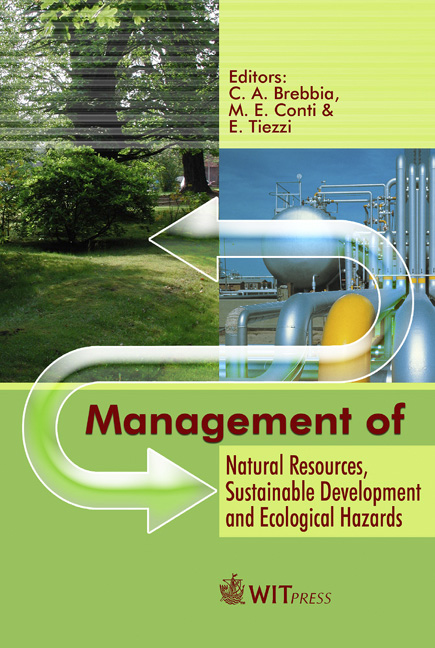Risk Management Of Hazardous Material Transportation
Price
Free (open access)
Transaction
Volume
99
Pages
10
Published
2006
Size
787 kb
Paper DOI
10.2495/RAV060391
Copyright
WIT Press
Author(s)
J. Augutis, E. Uspuras & V. Matuzas
Abstract
In recent years on Lithuanian roads a considerable amount of hazardous materials have been transported, especially oil products. However, there is no common methodology which could assess the risk of such transportation. Lithuania has accepted directives, norms and other acts of law related to risk and hazard assessment and prevention that are valid in the European Union. In relation to this situation, hazard assessment and analysis has even greater significance. The novelty of the work is associated with employing the Markov process to describe a hazard distribution mechanism and to determine a limited hazard distribution in the nodes of networks. Keywords: Hazard, risk, risk sources, risk distribution, Markov process. 1 Introduction Hazard identification and assessment are rather complicated tasks, which have received attention in the literature (Adams [1]). Risk of any activity or process is often defined as a set made of n pairs of frequency of hazardous events and their outcomes. Sometimes these values are multiplied. Hazard measurement is less clearly defined and here such qualitative evaluations as high hazard level, medium hazard level, low hazard level, etc. are used. In certain cases, quantitative expressions are also used. During transportation of hazardous materials or at the outspread of communicable diseases, etc. hazard is divided, moved from one place to the other, distributed among various structures. In the literature, much attention is devoted to the investigation of various hazard distribution mechanisms. One of the most widely explored among these is the distribution of different pollution
Keywords
Hazard, risk, risk sources, risk distribution, Markov process.





